The iBlot 2 Gel Transfer Device is a dry transfer device that performs western blotting transfer efficiently and reliably, within seven minutes, and without the need for liquid buffers. The iBlot 2 system is compatible with both polyvinylidene difluoride (PVDF) and nitrocellulose membranes and has comparable performance to traditional wet-transfer methods in a fraction of the time. The iBlot 2 Gel Transfer Device is an integral part of the iBlot 2 Dry Blotting System, which consists of the transfer device and consumable transfer stacks that contain the required buffers and transfer membrane (nitrocellulose or PVDF).
• Complete protein transfer in seven minutes or less
• High detection sensitivity and even transfer
• Increased blotting reliability and reproducibility
• A simple, user-friendly system
• Pre-programed with six voltage methods that allows blotting using different combinations of volts and time
• Ability to create custom programs
• Built-in tutorials and application notes
• Transfer proteins from mini-, midi-, and E-PAGE-sized gels
How the iBlot 2 Dry Blotting System works
Buffer ion reservoirs are incorporated into the gel matrix of transfer stacks instead of buffer tanks or soaked papers. The high density of ions in the gel matrix enables rapid protein transfer. During blotting, the copper anode does not generate oxygen gas as a result of water electrolysis, reducing blot distortion (conventional protein transfer techniques, including wet, semi-wet, and semi-dry, use inert electrodes that generate oxygen). With the iBlot 2 Dry Blotting System, transfer time is reduced by the shortened distance between electrodes, high field strength, and high current. Trapped air bubbles, often created during the manual preparation of the blotting sandwich layers, are easy to avoid due to our unique de-bubbling design that promotes even and complete transfer. With the iBlot 2 system, there is no need to prepare buffers, pre-treat your gel, or clean up after blotting. The total preparation and run time is normally less than ten minutes per blot.

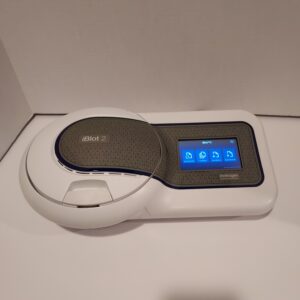

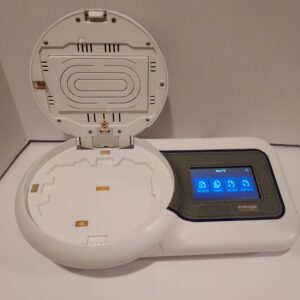
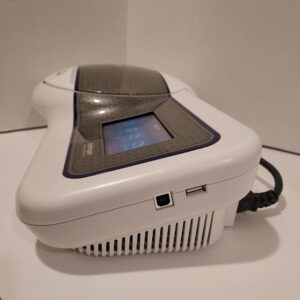
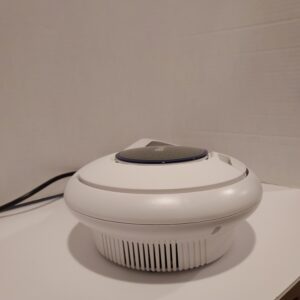
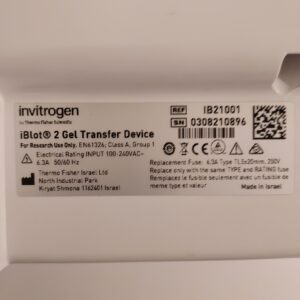
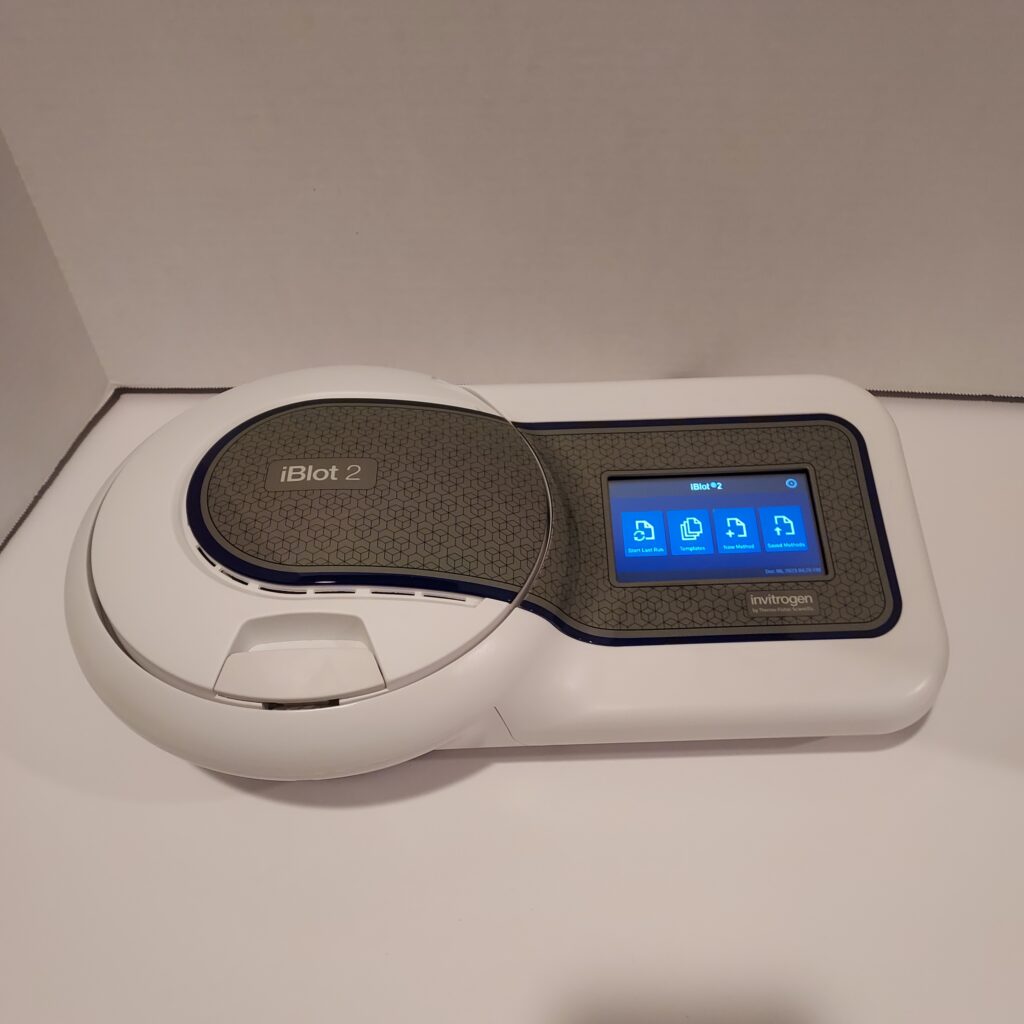


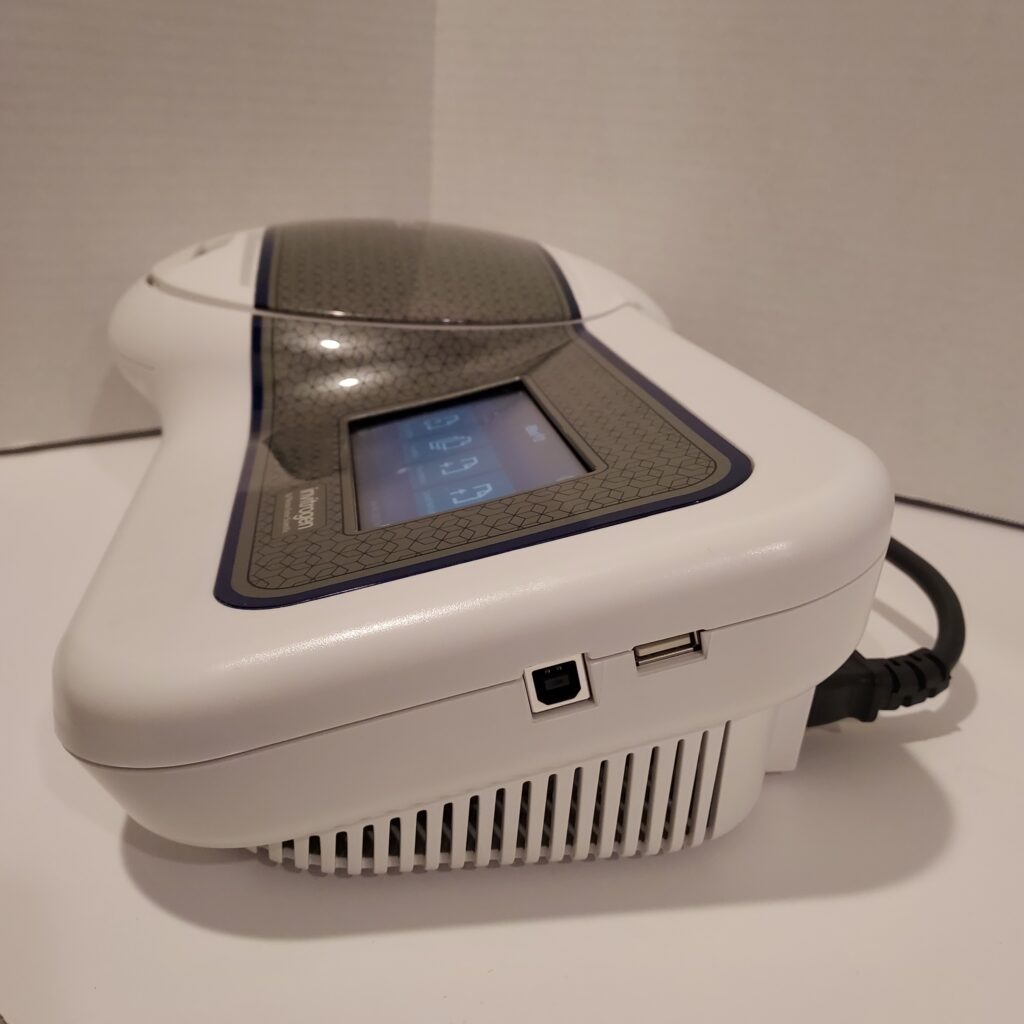
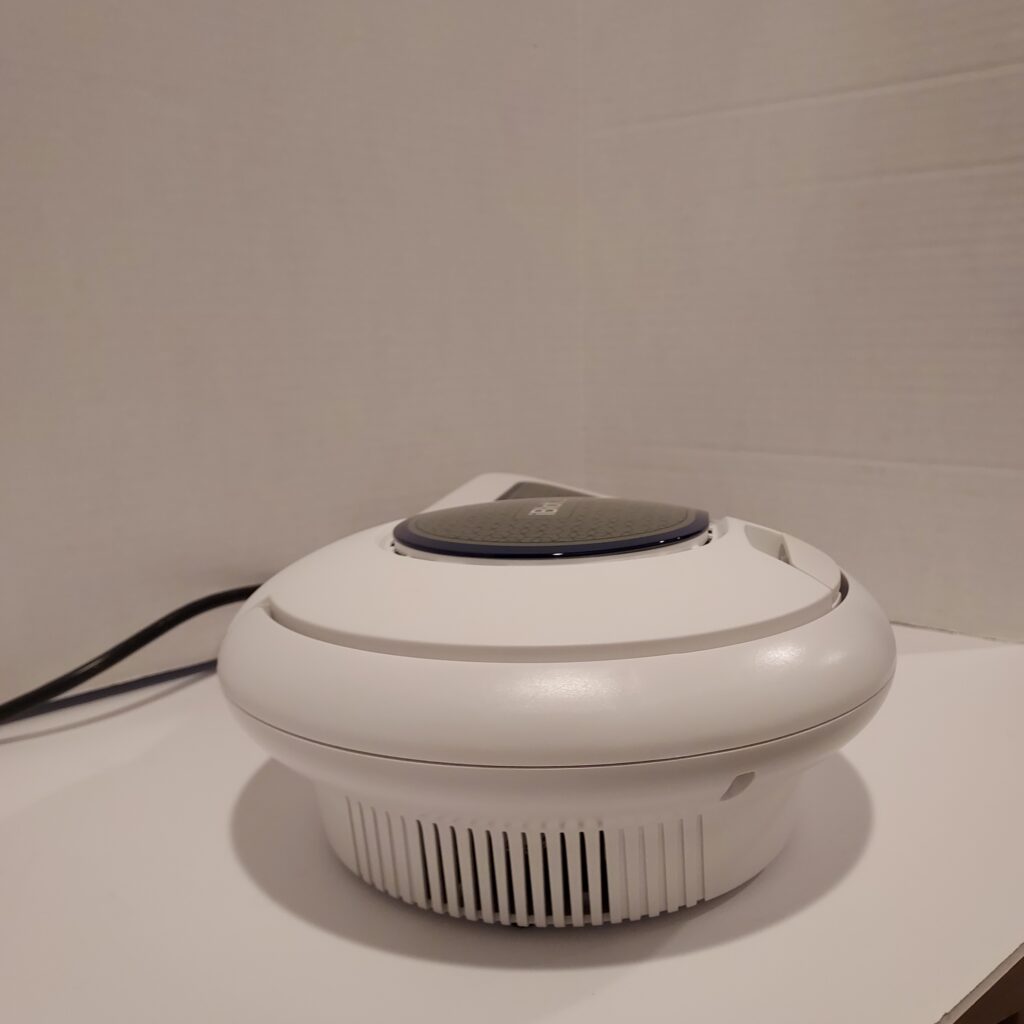
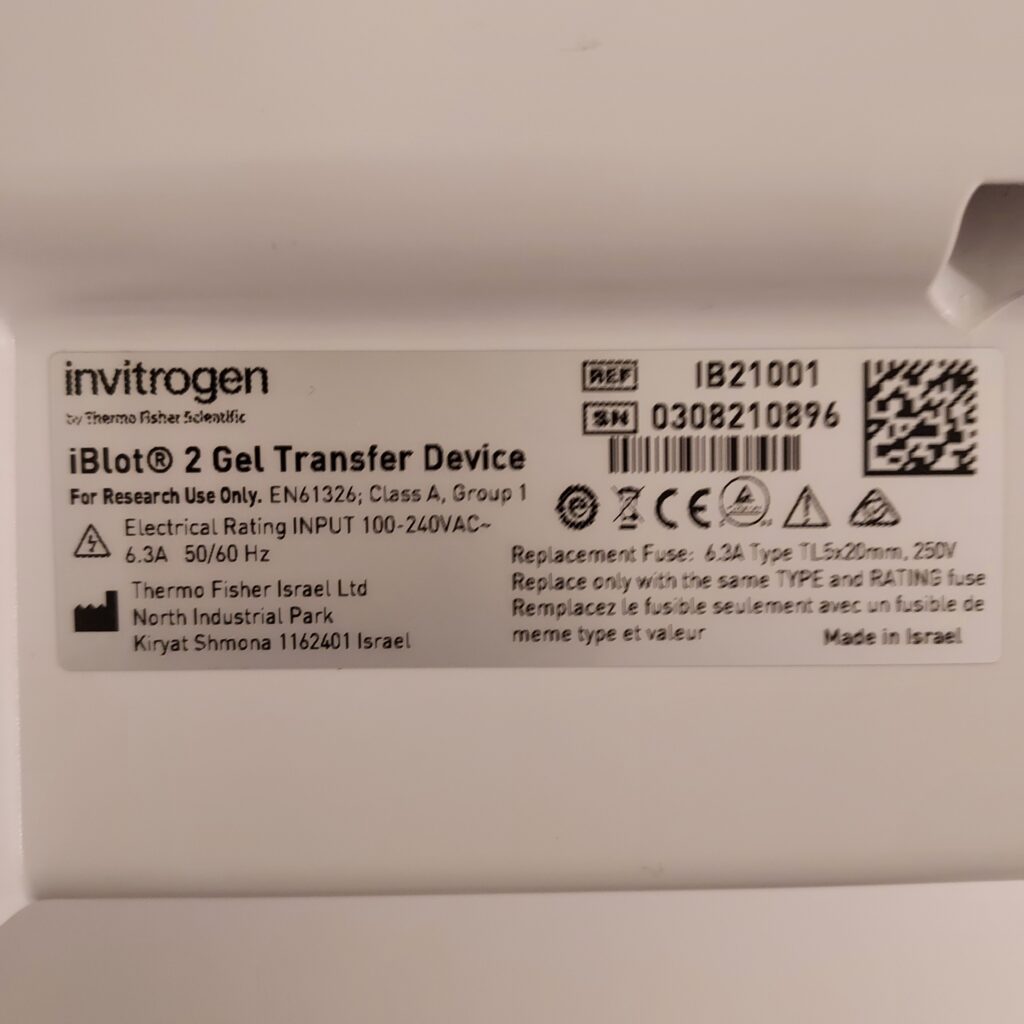







Reviews
There are no reviews yet.